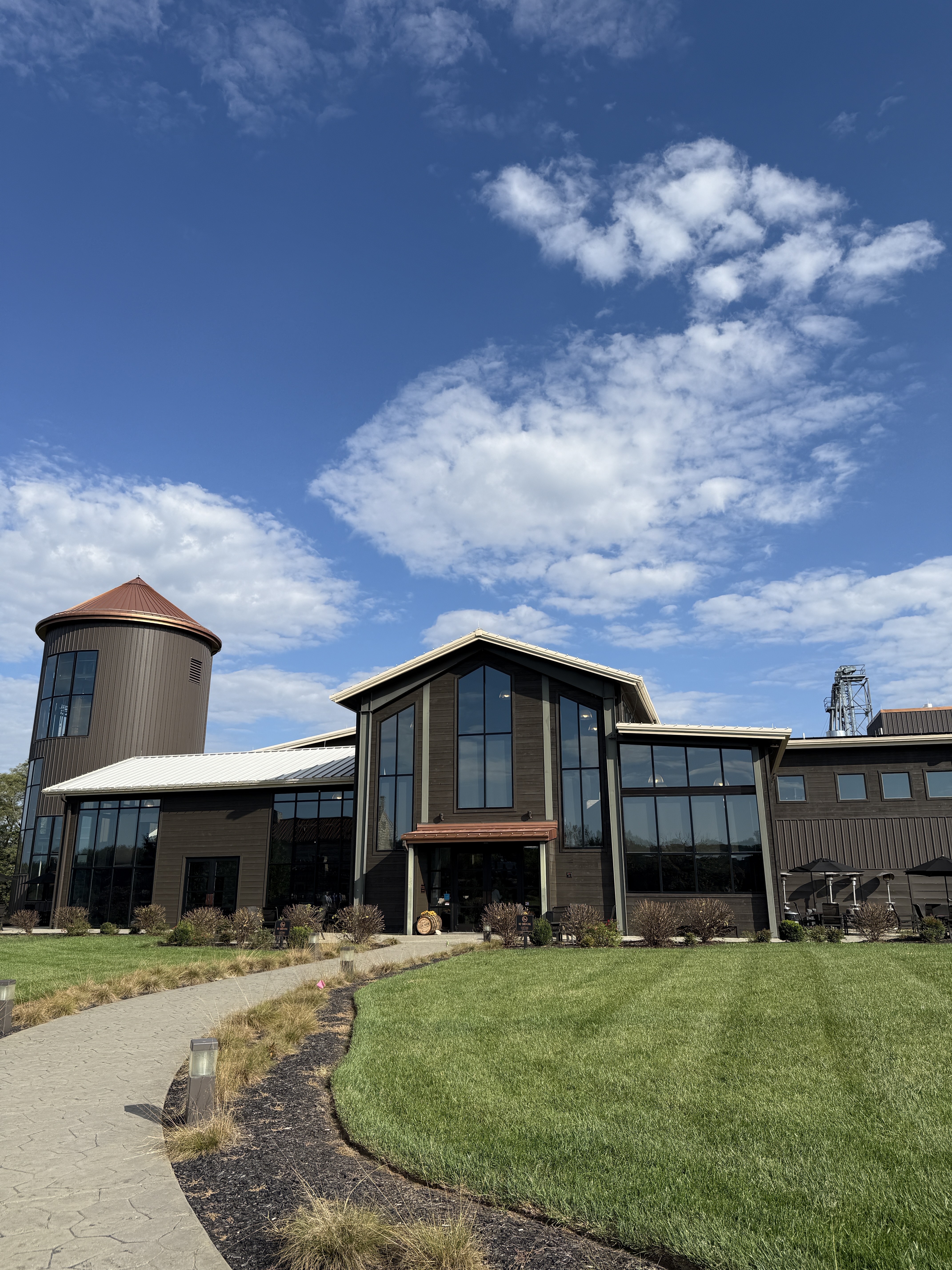HOW TO STRATEGICALLY IMPROVE YOUR DESTINATION’S SEO: PART 2
In part one of this series, we discussed how to determine your SEO priorities based on what your customers are searching for, as well as how to answer their questions about your attraction with your site content. But there are many technical details that can make your SEO strategy successful as well.
So where should you start?
- Get the details right
Alt text – Short description text used for photos on your website that is built into the site’s HTML code. Alt text helps search engines identify the content of your website’s images, and makes your website accessible to sight-impaired users or those using screen readers. Good alt text is around 125 characters or less, describes what is in an image, and uses the page focus keyword if possible.
Internal links – Links within the copy of your blog posts and landing pages that point customers to another relevant landing page on your site. For instance, if this post was about one of our marketing solutions, I would link to the solutions landing page here. Internal links enable users to easily navigate around your site to find information, but they also help search engines identify all of the pages on your site. To help increase the authority of all of your website’s pages, internal linking is crucial.
Page title or “title tag” – For this post, the title tag is “How to strategically improve your destination’s SEO: Part 2 | Advance Travel and Tourism.” This tag gives the name of the blog post and the name of the business. For SEO for a tourist attraction, landing page titles should be 50-60 words and contain your page’s focus keyword, location, and the name of the business, something like this: “Bike Rental in New Orleans | Mike’s Bikes.”
Meta description –When users search for a term or phrase, the search results display the page title and the meta description, a short paragraph about the page’s content. If you don’t provide a meta description, Google and other search engines will automatically plug in copy from the page. They should be 50-300 characters, contain the page’s focus keyword, and compel users to click through to your website to learn more.
Headers – Think of these as headlines for the copy in your pages. Page headers are tagged in HTML as <h1>, <h2>, etc. Search engines look for headers in content to determine how relevant the content on the page is, with the H1 being the most important element. Page headers should be relatively short, simple, contain the focus keyword (sensing a trend here?) and help organize the content in a way that makes sense to the user reading it.
Map plugins –Interactive maps that help a user quickly identify your business location. For destinations and attractions, map plugins are key. On mobile, clicking on these maps will take a user to the map apps that they use for directions. Google Maps is generally the most widely-used and functional map platform to use on a site. When it comes to SEO, these plugins help search engines verify your location and increase your authority, which is extremely important in the hyper-local world of tourism SEO.
Takeaway: dig into the structure of your site and get all the little details right – this adds up to a better ranking.
- Don’t stop creating content
Once you’ve gotten the structure fixed and your website copy is updated, you might be tempted to sit back and relax. But that would be a mistake – because search engines continue to crawl your site over time, your work isn’t done quite yet. Blogging regularly gives search engines new content to index, affords opportunities to continue building your internal link structure, and continues answering questions about your destination. Consistently posting thoughtful, well-written content around 400-800 words long increases your site’s authority over time and provides great content to post on social media and engage your potential customers.
Takeaway: start crafting a blogging strategy to keep your site content fresh and your customers engaged.
- Be patient – SEO takes time
Once you’ve made all of these updates, your page rankings won’t rise overnight. It can take weeks or even months to see results from working on SEO. But that doesn’t mean you should be discouraged. Continue to fine tune your website’s content, do more research on terms and keywords you should be using, and write blog posts that answer your visitor’s questions or tell them more about your business, the area and why they should visit. SEO for attractions is competitive, but the hard work you put in will help new customers find you and grow your business.
Learn more about how we can help you adapt to the evolving marketing landscape and ramp up your efforts.
Share This Story, Choose Your Platform!
March 24, 2025

Creating Your Visual Voice
In a recent episode of Field Notes, host Eric Hultgren sat down with Terrance Weinzierl, Executive Creative Director at Monotype, to discuss the often overlooked yet crucial role typography plays in brand identity. While their conversation covered broad typography trends, several insights emerged that are particularly valuable for travel marketers looking to differentiate their destinations in an increasingly crowded digital landscape. [...]
March 11, 2025

The 2025 Sprout Social Index
Social media isn't just another channel for travel marketers—it’s the center of modern culture, a place where travelers discover their next adventure, make purchasing decisions, and even seek customer support. The 2025 Sprout Social Index™ reveals valuable insights about what consumers really want from brands on social media, offering travel marketers a clear roadmap for staying relevant and impactful. Social is the [...]
February 24, 2025

Standing Out in a Crowded Space
In a recent episode of Field Notes, host Eric sat down with Kyle Stichtenoth, Senior Director of Digital Sales and Strategy at Advanced Travel and Tourism, to explore the evolving landscape of travel marketing. With 15 years of industry experience, Stichtenoth offered valuable insights into how destinations can adapt to changing traveler behaviors and emerging technologies. The conversation kicked off with [...]


 Ad Choices
Ad Choices